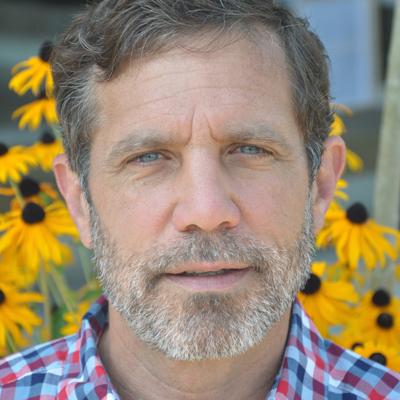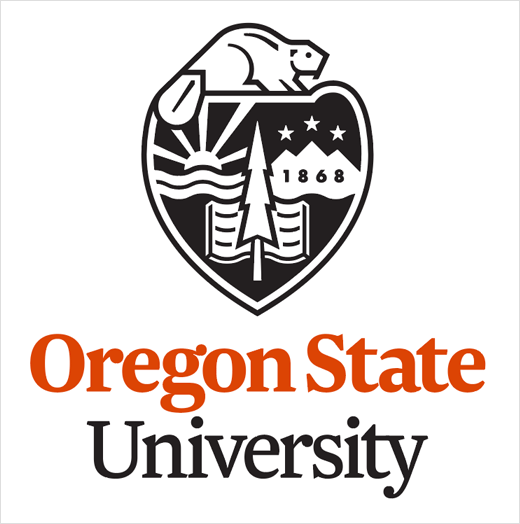Uncovering Earth’s climate history from data found in ice
Humans have radically changed the earth’s atmosphere and the climate system is responding. Knowing how much it will respond is a major challenge for earth science. Dr. Edward Brook, Professor of Earth, Ocean, and Atmospheric Sciences at Oregon State University, studies Earth’s atmosphere and how climate has changed in the past. Using chemical measurements to probe Earth’s climate history, his research involves understanding the relationship between greenhouse gases and climate by studying air trapped in ancient ice preserved in polar regions. He and his team conduct fieldwork in Greenland and Antarctica, develop new measurement techniques, and generate large data sets of greenhouse gas concentrations and isotope ratios, stretching back to about one million years ago.
Studies of past climate provide a rich context for understanding climate change and vital data to test mathematical models used for prediction. Additionally, they provide examples of abrupt shifts in the climate system which allow Dr. Brook and his team to evaluate the risk of such changes in the future. In short, his work underpins the modern study of climate change. Spending their time camping atop the largest glaciers in the world and analyzing samples collected, his team is one of less than a dozen labs in the world that study greenhouse gas records from ice cores. Their success has been evidenced by the proliferation of new data sets generated by Dr. Brooks’s team over the last ten years while his new projects continue to ask questions that are relevant for the future of our planet.
Current research includes:
-
The use of highly detailed and extremely precise measurements of greenhouse gases to reveal a rich spectrum of atmospheric change as the last ice age ended, between 20,000 and 10,000 years ago, and at earlier times. Dr. Brook’s work brings his team to central west Antarctica for deep ice coring, the Antarctic ice sheet margin for novel sampling of old ice at the ice sheet margin, and to central Greenland. In the lab his group is using stable isotope measurements in carbon dioxide and nitrous oxide as indicators of why these gases changed in the past.
-
The history of rapid changes in atmospheric methane. Dr. Brook is particularly interested in why methane changed rapidly in the past in order to determine whether the same phenomenon will happen in the future as the world warms up. He and his team hope to develop better methods to use carbon and hydrogen isotopes to trace past methane sources.
-
Development of new measurement tools based on laser spectroscopy to measure ice core gases like never before. Traditionally, scientists take small discrete samples spaced evenly along the ice core. Dr. Brook and colleagues have developed a new method in which his team can measure the entire glacier by cutting a continuous stick of the ice and melting it slowly to release ancient air.
- Long term planning for international ice coring activities, including the search for a 1.5 million year old ice core, which would roughly double the length of the oldest existing core, and considerably extend our understanding of earth’s climate history.
Bio
Dr. Brook grew up spending idyllic summers on the sea shore, captivated by the oceans and the natural world around him. As an undergraduate, his fascination continued where he studied the earth sciences to try to make sense of the inescapable natural world. He remembers his professors discussing how mountain ranges formed and questioning why Earth was habitable; it was this questioning that lead Dr. Brook to believe that the novelty of developing new tools to understand the world would be worth pursuing for a lifetime career.
As a graduate student, Dr. Brook had the unique opportunity to study in Antarctica. Finding a welcoming scientific community with big questions to ask he never looked back. He now sees his work as an opportunity to “understand the big picture of how things work.” With Earth’s climate history being “the ultimate in complex problems,” Dr. Brook celebrates the opportunity to develop new geochemical tools to enhance our understanding of climate and to explore incredible polar regions!
In his free time, aside from exploring Antarctica, Dr. Brook enjoys mountain biking around Corvallis, Oregon, running with his Labrador Retriever, tennis, sailing when he can, and making wine.


